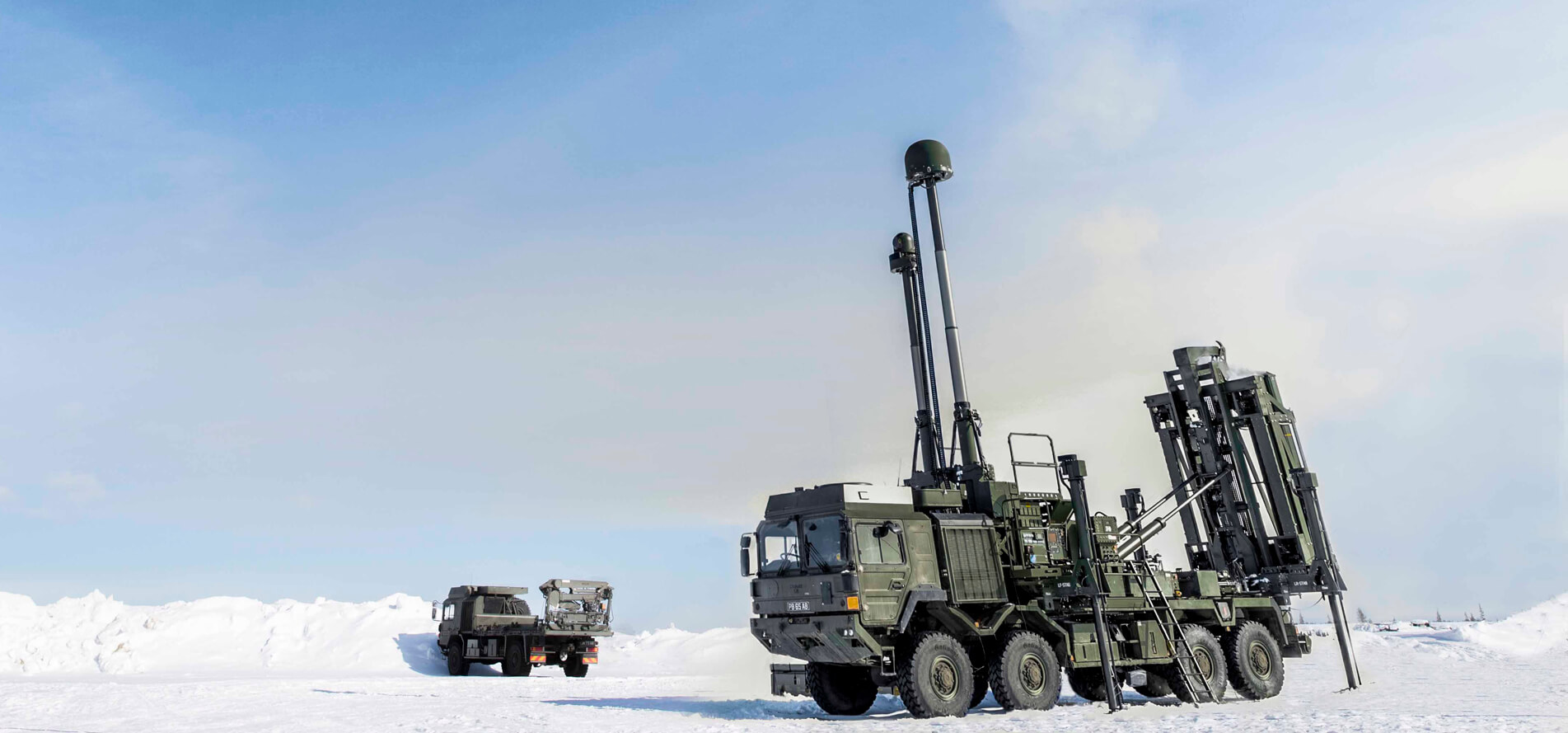
A new report details the communications challenges faced by the British Army as the force looks to enhance and overhaul its ground-based air defence capabilities.
Mid-April saw the publication of a report by the Royal United Services Institute (RUSI) entitled Requirements for the Command and Control of the UK’s Ground-Based Air Defence. RUSI is a thinktank based in London and the report was authored by researchers Dr. Jack Watling and Dr. Sidharth Kaushal. The publication examined Command and Control (C2) requirements for the British Army’s Ground-Based Air Defences (GBAD): “The future threat environment is … characterised by diversifying and converging threat systems,” warned the authors. These diversifying and converging threats include everything from ballistic missiles to uninhabited aerial vehicles. This multiplicity of dangers means that “future air defences must be designed to maximise their efficiency as a system, allocating appropriate interceptors against simultaneous, multiple threats.” The authors assert that “(t)he challenge is how to establish a robust, layered air defence capability that can identify, classify and assign the most appropriate defeat mechanism to complex salvos.”
Data centrality
It is axiomatic that agile, robust and configurable communications underpin GBAD C2 system. These links carry track data from a multiplicity of sensors including radars and acoustic devices. Sensors could also include civilian capabilities like air traffic control radar. Track data in turn helps develop rich Recognised Air Pictures (RAPs) to assist air defenders. The Army will need links which can share its RAP outwards with allies when fighting in a coalition context and vice versa. The authors continue that the Army’s GBAD C2 architecture might need to share relevant data with UK authorities involved in civil defence such as the emergency services. This requirement is particularly relevant when Army GBAD is deployed to help protect targets in the United Kingdom.
Drs. Watling and Kaushal sound a note of caution regarding data sharing: “Whether … track data can be passed from the forward sensor and refined sufficiently to provide a guidance solution is dependent upon latency and on the compatibility of data between systems.” In a nutshell, it is good to have data, but if those data cannot be easily shared for reasons of compatibility or available links, then its utility diminishes.
Capabilities
Looking towards the design of any future British Army GBAD C2 architecture, the authors recommend communications links which can translate disparate data arriving from within and beyond the force. Likewise, this data must be moved at pace within and beyond GBAD formations. One potential solution mooted by the authors include middleware equipped with layered link translators that effectors and sensors can easily plug into. Moreover, the need to move data is directly dependent on overcoming differing national classification levels. The authors warn that “(a)ny system will also need mechanisms for moving data across classifications within the joint force.”
Solutions proposed by Drs. Watling and Kaushal include “a software-defined system that can incorporate multiple waveform cards at a central node.” Equally, data could be “routed to a common node via third-party platforms that receive and retransmit waveforms.” Conversely, other potential solutions include “(s)oftware-defined signal processing” which could allow “a system to receive data across multiple waveforms without a requirement for an unmanageable number of waveform cards.”
Securing the C2
Ultimately, “(t)o achieve the requisite efficiency, the C2 architecture for British GBAD must be able to distribute track-quality data to a diverse array of organic/inorganic systems and joint/combined assets.” The British Army is currently overhauling its ground-based air defence posture via the Land GBAD initiative. Almost $2 billion has been allocated to this programme. Nonetheless, the authors warn that “realising the programme’s goals will depend on having an open-architecture C2 capability that can integrate the increasing numbers and types of sensors that are proliferating across the battlefield.”

by Dr. Thomas Withington












